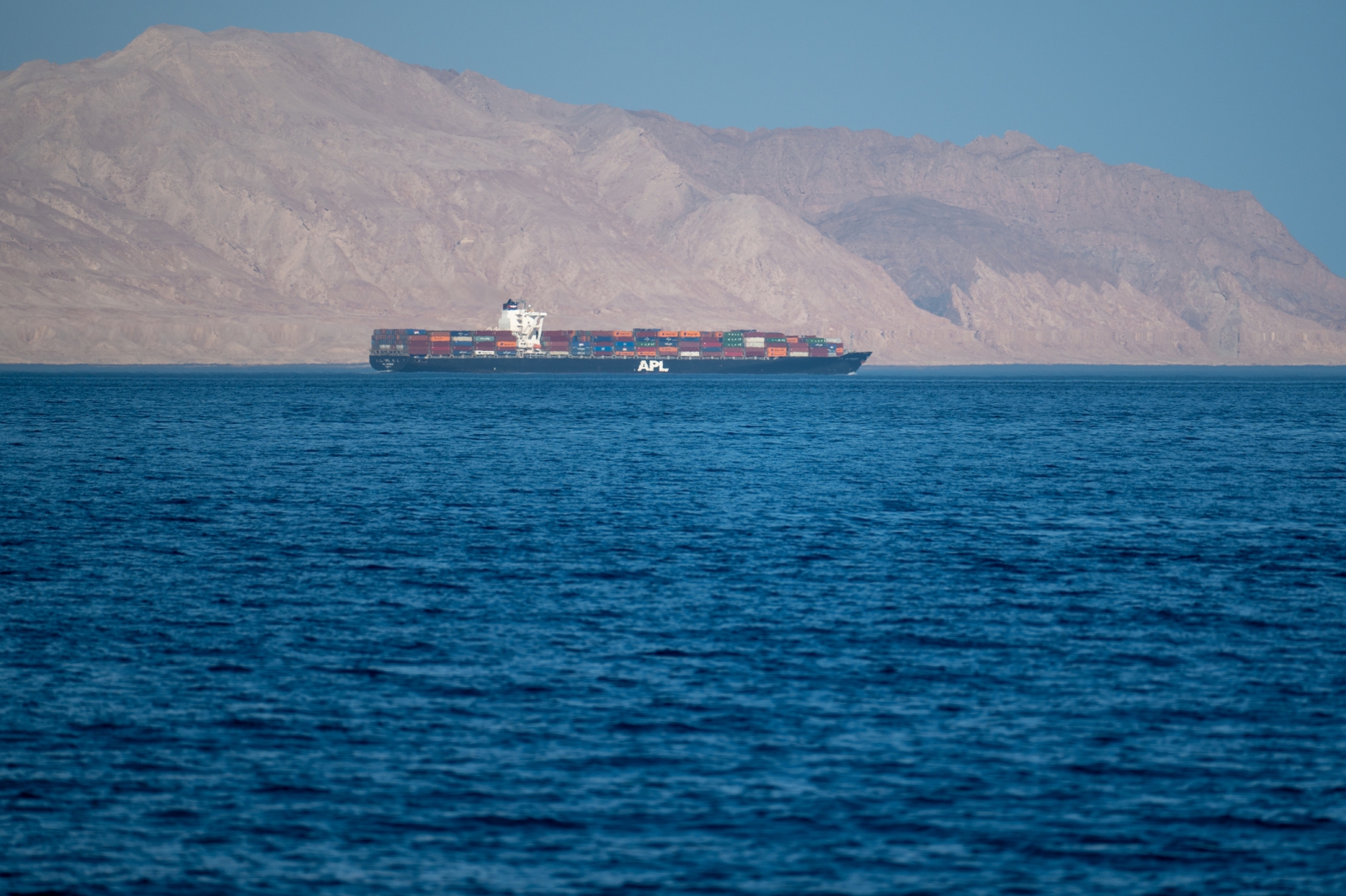
Strait of Hormuz is a critical artery for Asia’s energy imports. (Photo: iStock)
Amid rising tensions in the Middle East, Iranian authorities have threatened to block the Strait of Hormuz, a critical chokepoint for global energy trade. Roughly 80% of oil and gas exported through the strait is destined for Asia. If this energy supply is disrupted without timely alternatives, the resulting shortage could severely impact regional economies.
While analysts generally believe a full closure of the strait is unlikely, geopolitical uncertainty could fuel more frequent fluctuations in energy prices.
80% of Strait’s energy flows bound for Asia
Reports suggest that Iran’s parliament has approved a measure to close the Strait of Hormuz in retaliation for a U.S. airstrike on a nuclear facility. If implemented, this action would significantly disrupt global oil and gas trade. Countries like Japan, South Korea, India, Taiwan, Thailand, and Singapore, which rely heavily on oil from the region, would be particularly vulnerable.
Norwegian market research firm Rystad Energy notes that a disruption in crude exports would hit Asia hardest. The strait handles nearly 15 million barrels of crude oil per day, with about 80% heading to Asia.
In the past, when supply through the Strait of Hormuz was constrained, alternative sources like Russia, Nigeria, and Venezuela helped fill the gap. However, those nations are now facing their own production challenges, raising the risk of a supply shortage for Asia.
According to commodities data firm Kpler, the Strait of Hormuz is also essential for global liquefied natural gas (LNG) exports. Around 80% of LNG shipments through the strait are bound for Asia.
Key exporters such as Qatar, the world’s second-largest LNG supplier, and the UAE are highly reliant on this shipping route. Major Asian consumers include China and India.
Experts estimate 20% chance of closure and short-term price spikes
Iran has previously threatened to block the strait by deploying naval mines or vessels, though a complete closure has never occurred. Historical incidents, such as attacks on oil tankers during the Iran-Iraq War in the 1980s, caused only brief disruptions.
Goldman Sachs estimates that if oil shipments through the strait were halved for one month and continued to decline by 10% over the year, Brent crude could surge from $70 to $110 per barrel. European natural gas prices could also return to the highs seen during the 2022 energy crisis, increasing inflation risks globally.
Reuters energy columnist Ron Bousso argues that oil price spikes are likely to be short-lived. The global oil market has spare production capacity, and major producers like Saudi Arabia and the UAE can reroute oil through pipelines, bypassing the Strait of Hormuz altogether.
The Eurasia Group, a global political risk consultancy, similarly assesses that a full closure of the strait or direct attacks on Persian Gulf energy infrastructure is unlikely. Experts estimate the probability of such events at about 20% and believe Iran will avoid endangering its own energy facilities or exports.
Takahide Kiuchi, economist at the Nomura Research Institute, adds that Iran’s strong partnership with China is another reason a blockade is unlikely. As a key diplomatic and economic ally, China provides Iran with critical support at the United Nations. Blocking the strait could harm China’s energy security and undermine this strategic relationship.
Sanjoy Paul, Associate Professor at UTS Business School, University of Technology Sydney, stressed that the crisis highlights the need to diversify energy sources and accelerate the shift to renewables as a long-term solution to geopolitical risks.
Source: Nikkei Asia, Reuters, The Conversation
.jpg)




